Forecasting Weather and Renewable Energy with the NOAA's High-Resolution WRF Model
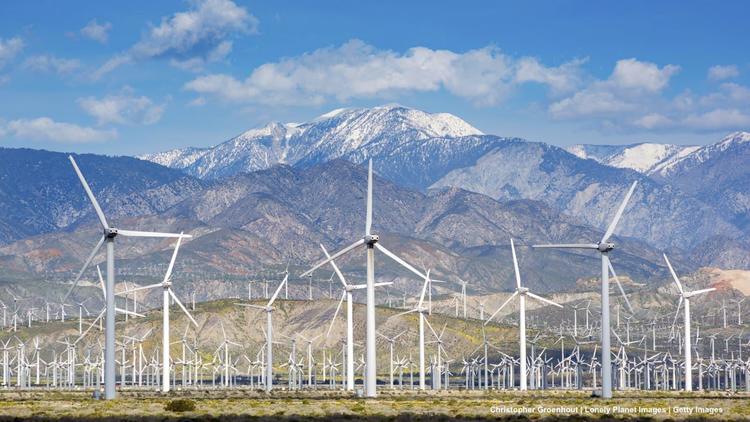
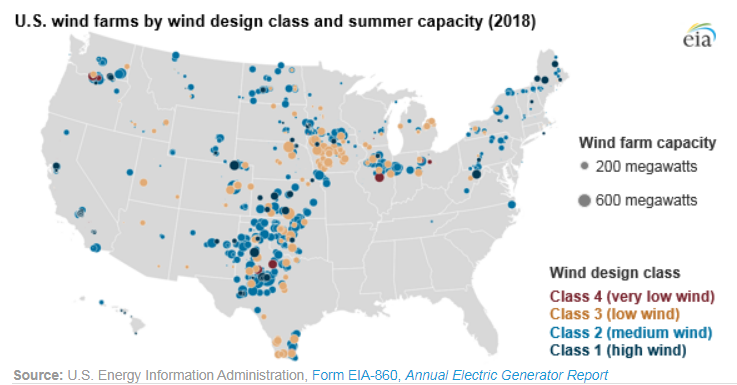
Related Publications
Zhang, W., & Zoltan, T. (2022-2023). Improving forecast of wind and associated power production in the U.S. with a high-resolution WRF model. In preparation.
Increasing Impacts of Heatwaves and Extreme Precipitation in Eastern China
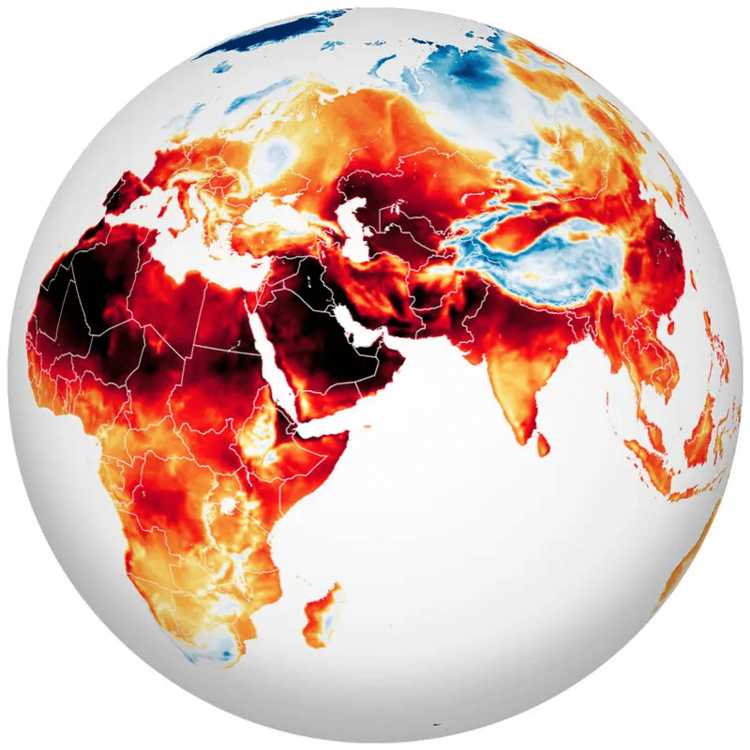
Related Publications
Yao, Y., Zhang, W., & Kirtman, B. (2022). Increasing impacts of heatwaves and atmospheric rivers in Eastern China. Submitted to Climate Dynamics.
The Signal-to-noise Paradox in Climate Simulations and Prediction

(a) Difference of decadal SST predictability between observations and CMIP5 historical simulations. (b) Chance of existence for the signal-to-noise paradox based on 30 CMIP5 historical simulations. The Markov Model framework is introduced to estimate the existence of the signal-to-noise paradox.
Related Publications
Zhang, W., & Kirtman, B. (2019). Understanding the signal‐to‐noise paradox with a simple Markov model. Geophysical Research Letters. https://doi.org/10.1029/2019GL085159
Zhang, W., Kirtman, B. Siqueira, L. Clement, A., Xia, J (2021). Understanding the signal-to-noise paradox in decadal climate predictability from CMIP5 and an eddying global coupled model. Climate Dynamics. https://doi.org/10.1007/s00382-020-05621-8.
Zhang, W., Xiang, B., Kirtman, B., Jia L., He, J., Delworth, T., and others. The signal-to-noise paradox in the tropical Pacific. Prepare to submit to Nature Climate Change.
Improving Sub-seasonal Climate Prediction based on GFDL's Next Generation Seamless Modeling Forecast System - SPEAR
There is increasing interest in extreme weather and climate events, which have led to devastating socioeconomic losses in recent years. Understanding the sources of subseasonal-to-seasonal (S2S) predictability and associated impacts may potentially improve the prediction skills of extreme events and provide early warning systems for the community. This project aims to examine subseasonal (3-6 weeks) climate prediction based on the GFDL's next general modeling system - Seamless System for Prediction and EArth System Research (SPEAR). Based on a 10-member 20-year hindcast experiment using SPEAR model, we intend to assess the prediction skills of atmospheric rivers and wintertime cold extremes over subseasonal timescales.

Week-4 (lead time: 21-27 days) Prediction skill of atmospheric rivers based on SPEAR model hindcast. (left) winter season - DJF (right) summer season - JJA
Related Publications
Zhang, W., Xiang, B., Tseng, K., Johnson, N., Delworth, T., and others. Assessment of atmospheric river subseasonal prediction skill in GFDL SPEAR model hindcast. In preparation.
Zhang, W., Xiang, B., Tseng, K., Johnson, N., Delworth, T., and others. Subseasonal Prediction of Cold Extremes in boreal winter based on GFDL SPEAR model. In preparation.
Ocean eddies and Climate Variability & Predictability
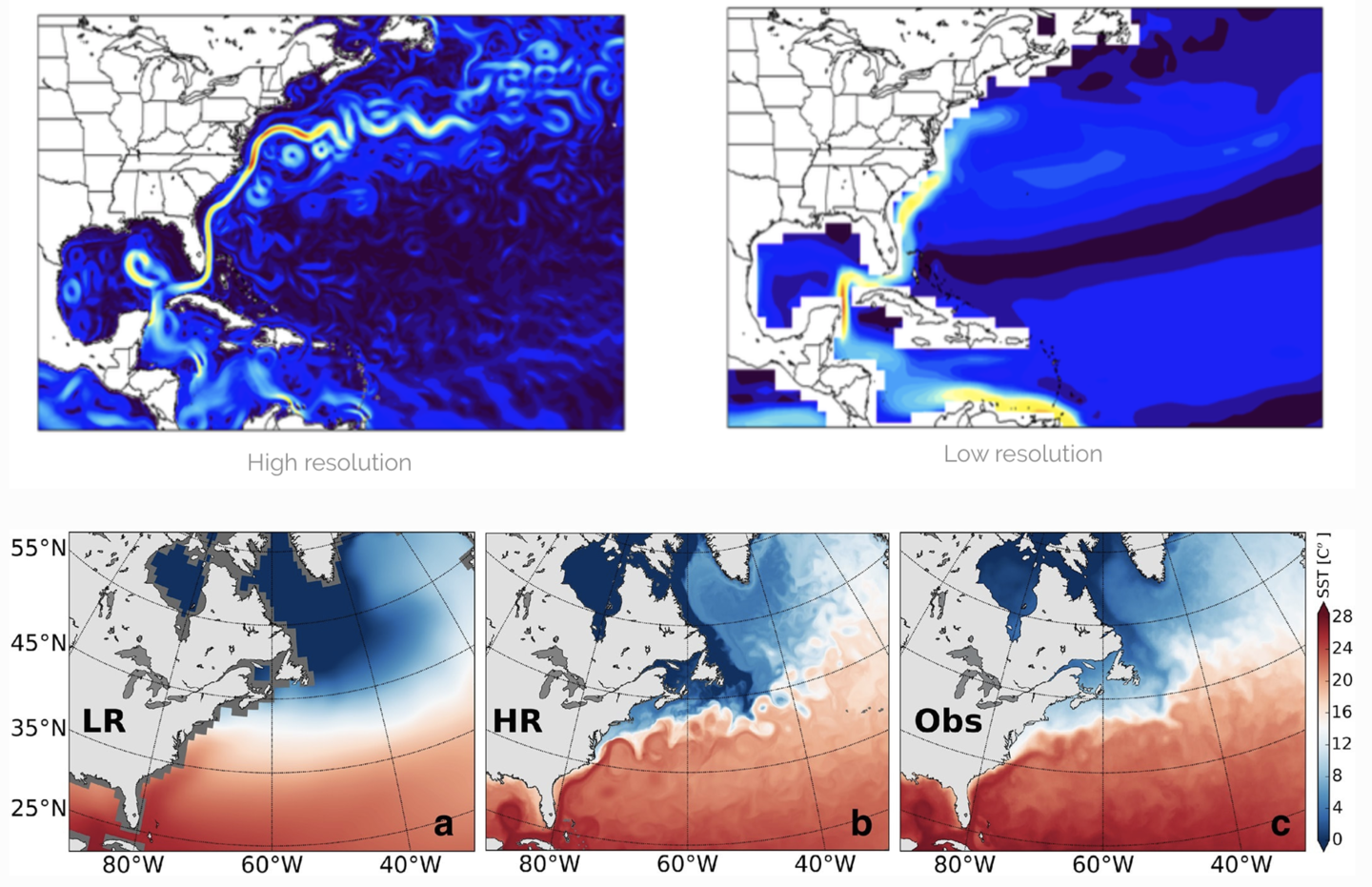
Snapshot of monthly mean temperature (°C) at 5 m (model level 1) for the North Atlantic region: (a) LR global climate model, (b) HR global climate model, and (c) observations from Jet Propulsion Lab Multiscale Ultra‐high Resolution Sea Surface Temperature.
Related Publications
Zhang, W., Kirtman, B. Siqueira, L., Xiang, B., Infanti J., Perlin, N. The Influence of a resolved Gulf Stream on the decadal variability of southeast US rainfall. Geophysical Research Letters. In revision.
AI for Climate Prediction (Multi-year ENSO Prediction)
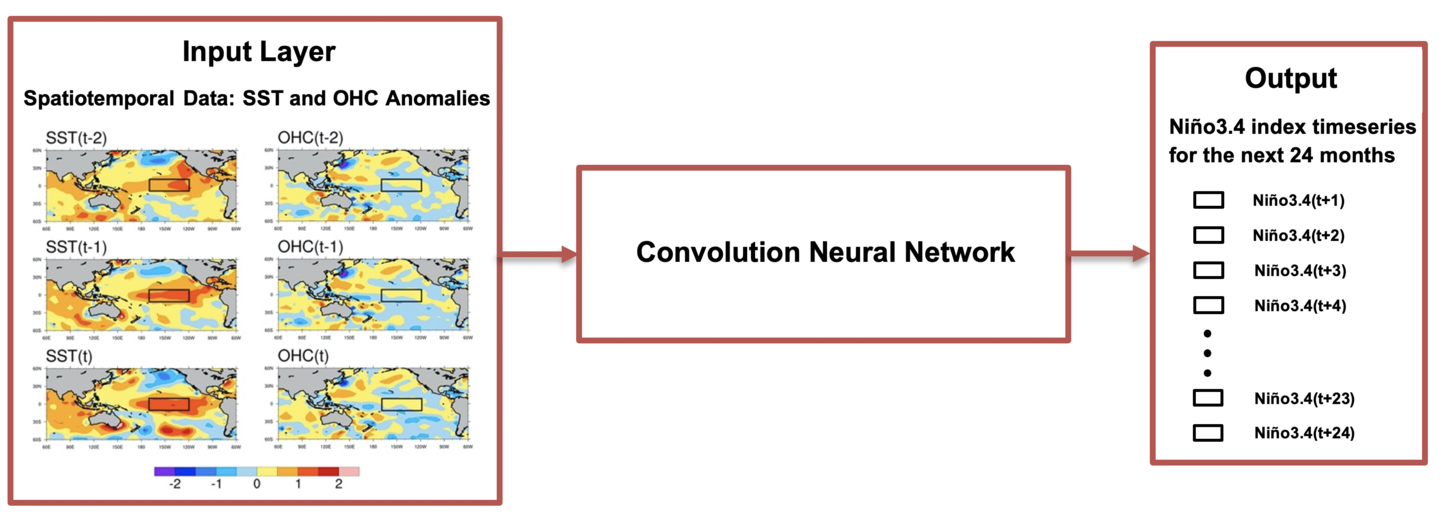
Funding: Microsoft AI for Earth Azure Grant
Related Publications
Zhang, W., Geng J., Xia, J., Kirtman, B. Improving multi-year ENSO prediction with an optimized convolutional neural network. In preparation for Journal of Climate.
Decadal Climate Predictability from an Interactive Ensemble Coupled Model
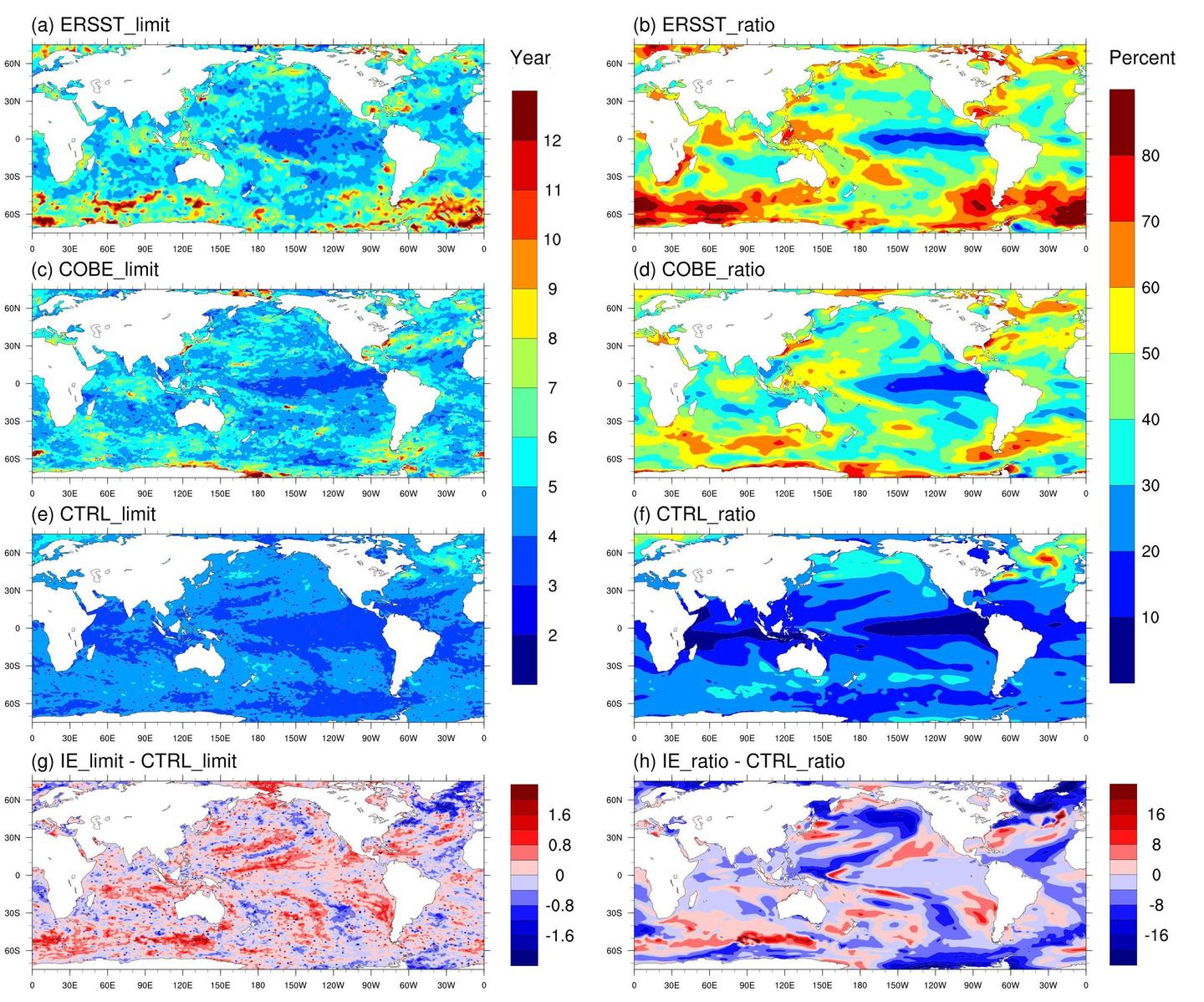
Related Publications
Zhang, W., Kirtman, B.P. Estimates of decadal climate predictability from an interactive ensemble coupled model. Geophysical Research Letters. DOI: 10.1029/2018GL081307
Climate Extremes and Humidity Index in China
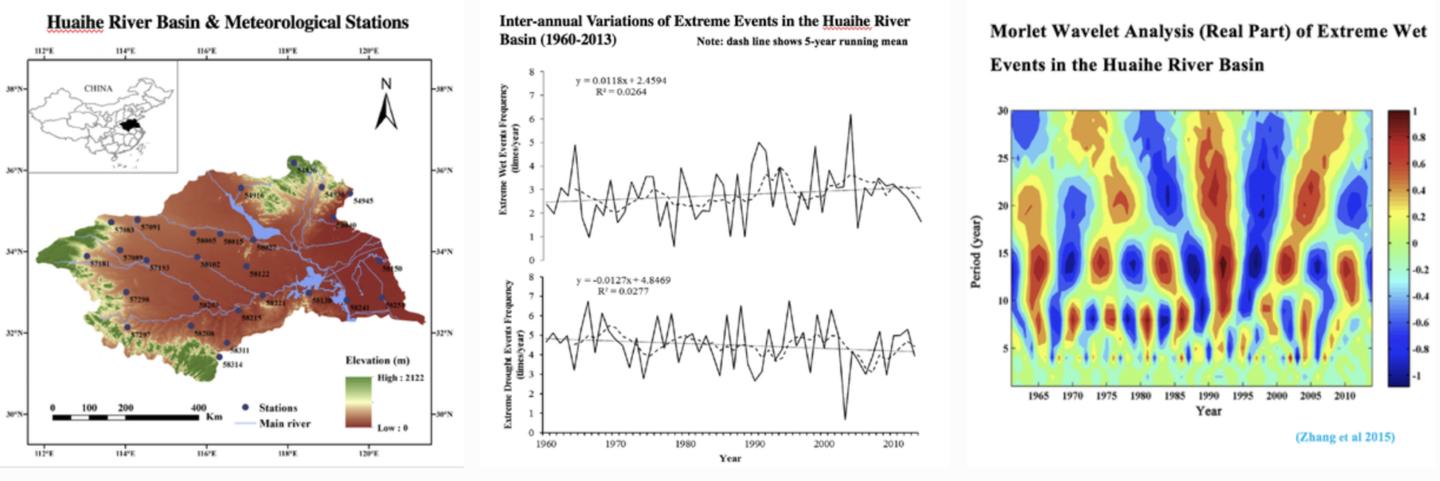
Related Publications
Zhang, W., Pan, S., Cao, L., Cai, X., Zhang, K., Xu, Y., & Xu, W. (2015). Changes in extreme climate events in eastern China during 1960–2013: a case study of the Huaihe River Basin. Quaternary International, 380, 22-34. DOI: 10.1016/j.quaint.2014.12.038 [pdf]
Zhang, K., Pan, S., Cao, L., Wang, Y., Zhao, Y., & Zhang, W. (2014). Spatial distribution and temporal trends in precipitation extremes over the Hengduan Mountains region, China, from 1961 to 2012. Quaternary International, 349, 346-356. DOI: 10.1016/j.quaint.2014.04.050 [pdf]
Cesium-137 Atmospheric Fallout (Model/Software Development)
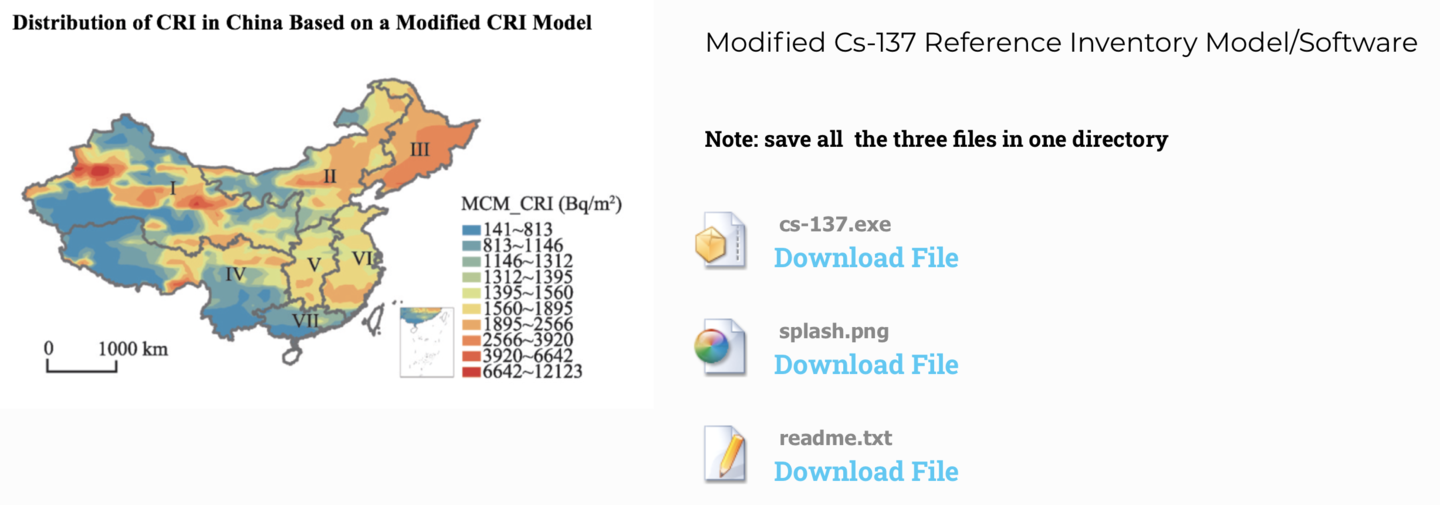
Related Publications
Zhang, W., Pan, S., Zhang, K., Cao, L., Zhao, J. (2015). Study of the Cesium-137 Reference Inventory in the Mainland of China. Acta Geographica Sinica, 70(9): 1477-. DOI: 10.11821/dlxb201509010 [pdf]
Xu, W., Pan, S., Jia, P, Yang, X., Cao, L., Zhang, W., Ruan, X., Guan, Y. (2014). 137Cs Reference Inventory and its distribution in surface soil along the Fangchenggang coastal zone of Beibu Gulf. Geographical Research, 34(4): 655-665. DOI: 10.11821/dlyj201504005 [pdf]

